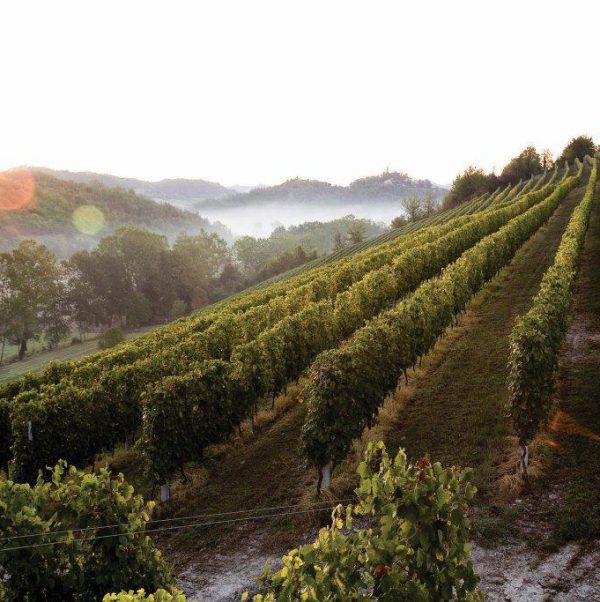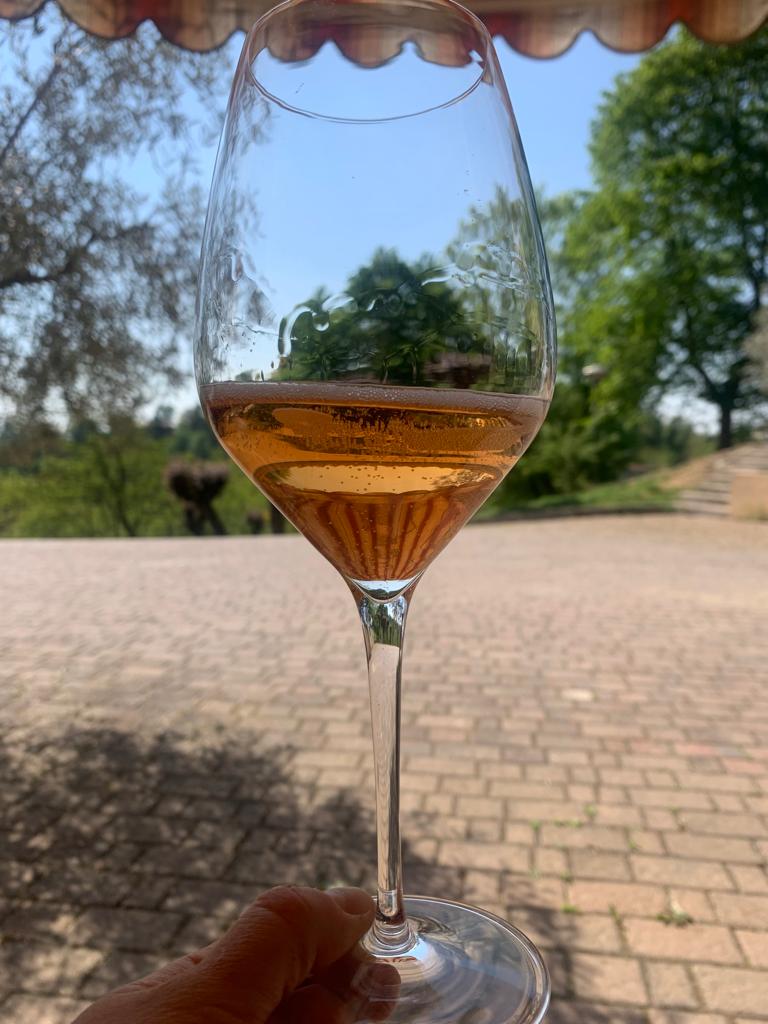
Grignolino casalese can be also a Metodo Classico
The Monferrato Casalese is about to take a significant step forward in the world of winemaking thanks to a long-awaited development.
Starting from September 1, 2024, Northern Italy will welcome a new *Metodo Classico* sparkling wine, this time from Monferrato. The Grignolino del Monferrato Casalese DOC Spumante Rosé will officially be recognized, following a long-awaited amendment to the Production Regulations that was submitted by the Consorzio di tutela vini Colline del Monferrato Casalese four years ago. The European Union’s Implementing Regulation, published on August 12, will take effect on September 1.
Therefore, the Grignolino del Monferrato Casalese Spumante Rosé DOC will be claimable starting from the 2024 harvest. Monferrato winemakers have been eagerly awaiting this change, driven by the desire to expand the offerings of this flagship local wine while reviving an ancient production method. Historical documents found in Monferrato archives reveal that sparkling wine made from Grignolino grapes dates back to the late 19th century, before being revived in 2010 by winemakers Mauro Gaudio and Donato Lanati, following the intuition of Beatrice and Gabriella Gaudio to introduce a sparkling wine unique to Monferrato.
The first version of Grignolino Spumante dates back to the Counts Callori of Vignale Monferrato (1878), and was later revisited by Beatrice’s grandfather, winemaker Amilcare Gaudio (also known as “The King of Grignolino”), who recognized its unique characteristics and potential. He conducted a small experimental production, which was labeled accordingly. Even back then, the intriguing elegance of Grignolino Spumante was appreciated, particularly for its unique color, distinct aromas, sharp acidity, balanced body, and moderate sugar levels.
Recent experiments with *sur lies* aging have shown that Grignolino Spumante improves over time, especially after 24 months, and even more so after 32. The color retained during vinification turns into a rosé shade, with reflections ranging from orange to yellowish hues, while the aromas become fragrant and complex, with notes of yeast, bread crust, and citrus hints of orange and grapefruit. On the palate, a fresh acidity accompanies a very smooth and well-balanced taste, with fine and persistent bubbles.
In terms of viticulture, the yield is set at 8 tons/ha, with a minimum natural alcohol content of 9.50%. For vinification, the grape-to-wine yield is set at 70%, with a maximum production of 5600 liters/ha. The *Metodo Classico* sparkling wine must undergo natural refermentation in the bottle, with at least 18 months of aging on the lees. The minimum total alcohol content is 12%, with a minimum total acidity of 5.5 g/l.
Here is the list of municipalities where production is allowed: Alfiano Natta, Altavilla Monferrato, Camagna Monferrato, Camino, Casale Monferrato (excluding the left bank of the Po River), Castelletto Merli, Cella Monte, Cereseto, Cerrina Monferrato, Coniolo (excluding the left bank of the Po River), Conzano, Frassinello Monferrato, Gabiano, Lu and Cuccaro Monferrato, Mombello Monferrato, Moncestino, Murisengo, Odalengo Grande, Odalengo Piccolo, Olivola, Ottiglio, Ozzano Monferrato, Pontestura, Ponzano Monferrato, Rosignano Monferrato, Sala Monferrato, San Giorgio Monferrato, Serralunga di Crea, Solonghello, Terruggia, Treville, Vignale Monferrato, Villadeati, Villamiroglio. With special permits, vinification, processing, and aging operations, along with production, are also allowed throughout the province of Alessandria and in the Asti municipalities of Viarigi, Montemagno, Casorzo, Grazzano Badoglio, Moncalvo, Penango, Calliano, Tonco, Montiglio Monferrato, and Robella d’Asti.
The EU authorization comes just in time for the 2024 harvest. Initially a niche product, with only a handful of winemakers involved, this recent recognition is expected to lead to a significant increase in production, positioning the wine among other native sparkling wines. Many believe that “the rebels” have always been the most interesting profiles.

